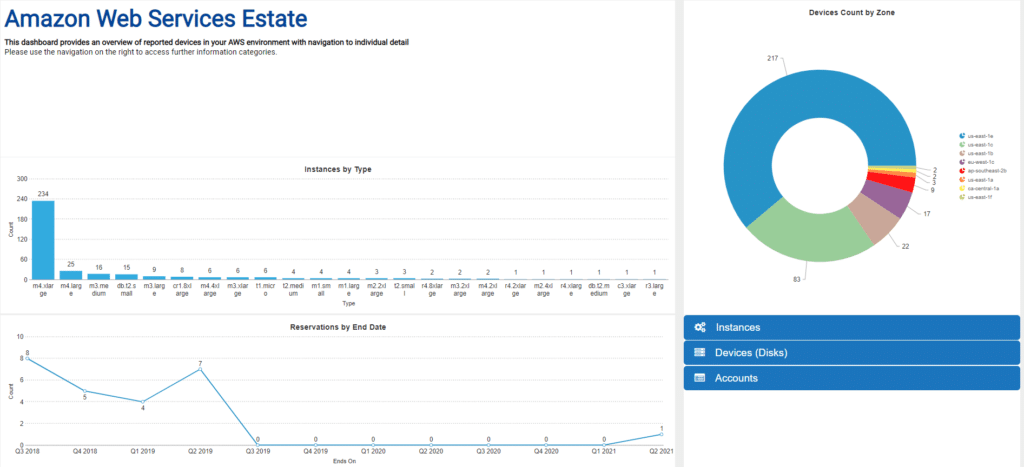Total Recall: Knowing Exactly What’s Going on in Your AWS or Azure Estate
-
September 24, 2018
- Posted by: Will Degener
Buying and running any kind of Infrastructure as a Service (IaaS) capability is just like buying any other technology. Purchasers want to know what am I paying for, am I getting what I am paying for and where can I save money? Also, it is so easy to spin up virtualized machines, be it through a credit card or on-line provisioning, it is easy to create ghost towns of unused or underutilized resources.
These are challenges we have considered for some time at Scalable. This is largely driven by the fact that we provision, manage and support our customers’ instances of AWS so they do not have to. We have been pretty good at it, as demonstrated by our 100th platform release without a backout. Cost is a very real concern as well. We do not charge an uplift for the service, rather it is in the support costs of the IT Asset Management (ITAM) service we provide. As a result, that cost must be as low as possible for everyone in the chain.
In August, new features were added to Asset Vision that allow our end users to pull back inventory information from both Amazon and Azure. What does this mean? By using Asset Vision, your organization will be able to view your entire in-house data center as well as your IaaS presence in AWS and Azure.
Asset Vision’s probe obtains a full inventory of what you have in AWS or Azure, this includes but is not limited to: EC2 instances and reservations, RDS instances and reservations, EDS volumes, custom information (tags) for EC2, RDS and EBS, and basic account information. With this information, IaaS users will be able to determine what they have, who is using it, and where it is located.
Just like what Asset Vision can do for in-house servers, the AWS and Azure probe informs the subscriber on what they have in their hosted environment, how long each workload is running, and will be providing trend data to help predict future costs.
Infrastructure as a Service is complicated and has multiple pieces that need to be fit together properly if you are to get the best price to performance value. With more and more enterprises moving to public cloud services and proliferation outside of IT, even knowing how many different services are running is difficult. To optimize those, having the most accurate and up-to-date information you can is critical. If you are interested in learning more about how Asset Vision can help you keep track of your AWS and Azure environments as well as your in-house servers, we would love to talk with you.
